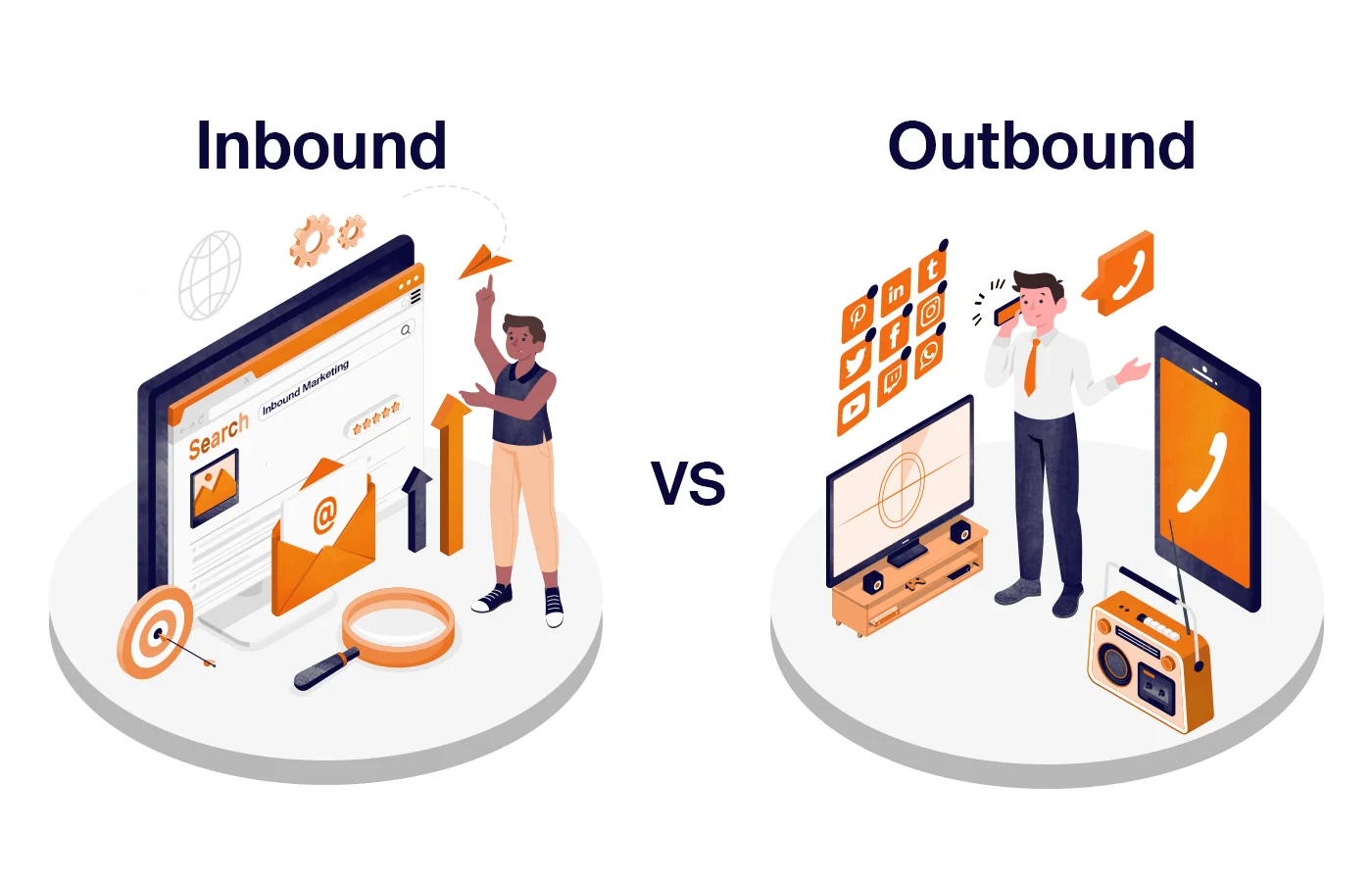What Is Outbound Sales?

What Is Outbound Sales?
Outbound sales is a proactive approach to sales where a sales representative initiates contact with potential customers or leads, rather than waiting for them to come to the business. This method involves reaching out to prospects through various channels such as cold calling, cold emailing, social media outreach, or direct mail. Unlike inbound sales, which relies on attracting leads through marketing efforts and waiting for them to express interest, outbound sales involves actively pursuing and engaging with potential customers.
Outbound sales is commonly employed by businesses across industries to generate leads, drive revenue, and expand their customer base. It requires sales representatives to be proactive, persistent, and skilled in initiating conversations and building relationships with prospects. While outbound sales techniques have evolved over the years with advancements in technology and changes in consumer behavior, the fundamental principles remain the same: identifying potential customers, reaching out to them, and persuading them to make a purchase.
Understanding Outbound Sales
Outbound sales strategies typically involve a structured approach aimed at targeting specific segments of the market and tailoring sales pitches to address the needs and pain points of potential customers. This often requires thorough research and segmentation to identify the most promising leads and customize outreach efforts accordingly.
The Steps of Outbound Sales
1. Prospecting: The first step in outbound sales is identifying potential leads or prospects who fit the ideal customer profile. This involves researching target industries, companies, and individuals who may have a need for the product or service being offered.
2. Initial Outreach: Once prospects have been identified, the next step is to initiate contact through various channels such as phone calls, emails, or social media messages. The goal of the initial outreach is to pique the interest of the prospect and establish a connection.
3. Qualification: After making initial contact, sales representatives qualify leads by assessing their level of interest, budget, authority to make purchasing decisions, and fit with the product or service offered. Qualification helps prioritize leads and focus efforts on those with the highest likelihood of converting into customers.
4. Engagement and Follow-up: Following qualification, sales representatives engage with prospects to address any questions or concerns they may have and provide additional information about the product or service. This often involves multiple touchpoints and follow-up communications to nurture leads through the sales funnel.
5. Closing the Sale: The final step in outbound sales is securing a commitment from the prospect to make a purchase or take the desired action. This may involve negotiating terms, overcoming objections, and providing incentives to encourage the prospect to move forward with the transaction.
By following these steps and employing effective outbound sales techniques, businesses can generate leads, drive revenue, and achieve their sales goals.




